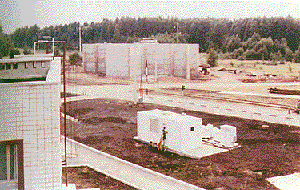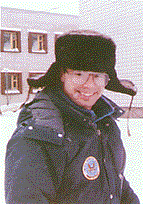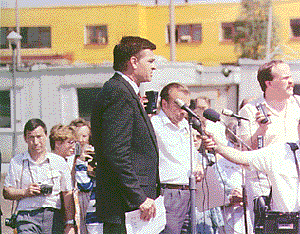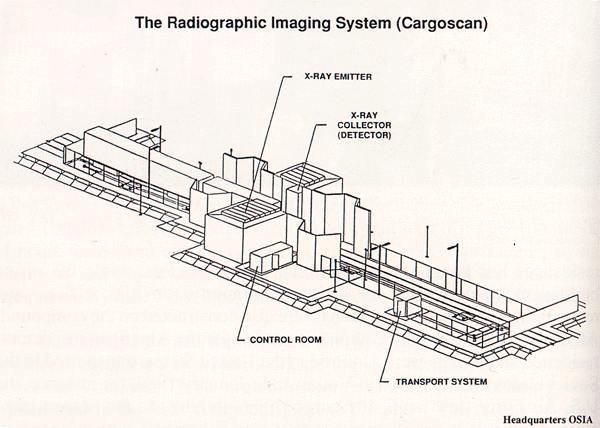| First Treaty Year at Votkinsk | ||
| When there
are no precedents in an international treaty, the
"first time" takes on added significance. At
Votkinsk, the first year established patterns for
subsequent years. Colonels Englund and Connell, the
alternating U.S. site commanders, found themselves
participating in extensive discussions with Soviet
officials at Votkinsk. Both American officers were fluent
in Russian; both had served as military attachés at the
U.S. embassy in Moscow. Their experience was put to good
stead as Soviet officials frequently discussed the
reciprocal treatment being given to the Soviet inspectors
at Magna. When Englund and Connell returned to
Washington, they often flew to Magna for a firsthand
account of the Soviet inspection and American escort
issues there. During the first treaty year at Votkinsk, Englund and Connell focused the American inspectors on two tasks. First, they established the U.S. standards and procedures, based on the treaty, for conducting the inspections. Second, they oversaw the installation and operation of the monitoring equipment. As noted above, the INF Treaty gave the inspecting party the right to make perimeter patrols, install and operate monitoring equipment, make continuous, direct observation of the plant's portal and exits, and inspect those railcars leaving the plant. Colonel Connell explained to a reporter from the Boston Globe that he was "paid to be skeptical.... Everything is suspect," he said. "It's up to the Soviets to prove otherwise."28 |
 During the first treaty year at Votkinsk, 1988-1989, Soviet engineers began construction on the American residence, office, and inspection buildings. |



